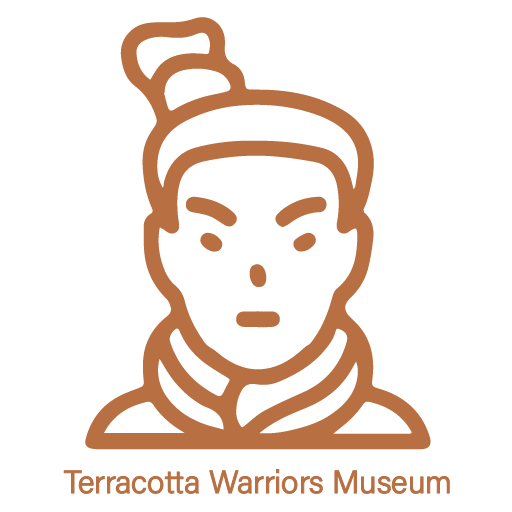Why Terracotta Warriors were Built?
This article states the reasons why the Terracotta warriors were built. The Terracotta Warriors, located in Xi’an, China. It is one of the most significant China archaeological discovery in history. Various theories exist regarding their purpose, but three main explanations are widely accepted. Some believe the Terracotta Army was created to protect Emperor Qin Shi Huang and his tomb, while others think it was meant to celebrate his achievements. Additionally, some theorize that the army was intended to assist him in ruling the underworld.
Reason 1: The Terracotta Warriors and Horses were made to guard Qin Shi Huang and his tomb.
Emperor Qin Shi Huang, known for his “ruthless” methods, executed many opponents during his campaigns against rival states. After a very unsettling dream in which those he had executed wanted revenge, he became worried about his safety in the afterlife. As he had relied on his powerful army during his life, he thought what will occur after his death and who will be there to protect him in the underworld.
To address this concern, he gathered trusted advisors to discuss potential solutions. Initially, one minister suggested burying live soldiers with him to serve as guardians. However, Qin Shi Huang found this idea too cruel and hesitated. Eventually, another advisor proposed creating clay soldiers instead. Qin Shi Huang found this idea appealing, which led him to commission talented craftsmen from various regions to produce what would later be called the Terracotta Army. Thus, the primary purpose of these terracotta figures was to ensure Emperor Qin Shi Huang’s protection in the afterlife.
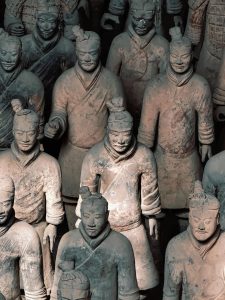
Reason 2: The Terracotta Warriors were built to display Qin Shi Huang’s achievements.
Another significant reason for building the Terracotta Warriors was to commemorate Emperor Qin Shi Huang’s achievements. He viewed himself as a remarkable emperor due to his successes in unifying China and standardizing measurements, language, and currency. His most notable achievement was defeating rival states to create a unified empire.
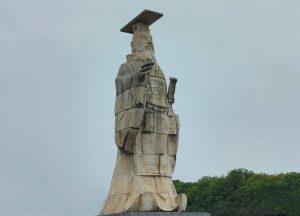
To ensure future generations remembered his victories and contributions, he ordered the creation of an army modeled after his real soldiers. This monumental display served not only as a protective force but also as a testament to his glory and accomplishments.
Reason 3: The Terracotta Warriors were built to help Qin Shi Huang maintain authority posthumously.
After ascending to the throne, Qin Shi Huang became increasingly obsessed with power and sought immortality. Despite numerous attempts at achieving eternal life, he faced repeated failures and began contemplating how to maintain control even after death. In ancient Chinese belief, it was thought that individuals would transition to an underground world in the afterlife.
Qin Shi Huang believed that funerary objects like statues would come alive in this realm. By having a vast underground army at his disposal, he could continue living as an emperor and defend against threats from rival states in the afterlife. This belief explains why he built such an elaborate mausoleum and commissioned the Terracotta Warriors.
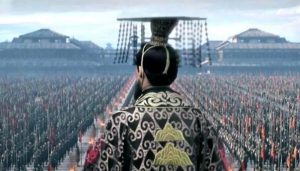
Historical Background About Terracotta Warriors Construction
The Terracotta Warriors serve as funeral statues. In feudal China, slaves were seen as extensions of their owners. Even after death, owners wanted their slaves to serve them in the afterlife, leading to human sacrifices.
The Shang Dynasty (17th century -1046 BC) marked the peak of human sacrifice traditions. Noble tombs often contained human sacrifices. During the Western Zhou Dynasty (1046 -771 BC), this practice was largely suppressed but not eliminated.
In the Spring and Autumn Period (770-476 BC), human sacrifices re-emerged. However, during the Warring States Period (475-221 BC), states gradually abolished this practice. The Qin State officially canceled human sacrifices in 384 BC.
By Qin Shi Huang’s time, social changes influenced burial customs. Statues made from pottery, wood, stone, and jade began replacing human sacrifices. The Terracotta Warriors are prime examples of this shift and reflect both Emperor Qin Shi Huang’s vision and ancient craftsmen’s skills.
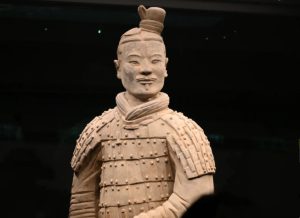
In summary, the Terracotta Army serves multiple purposes: protecting Emperor Qin Shi Huang in death, celebrating his legacy, and facilitating his rule in the afterlife. These life-sized figures not only reflect ancient Chinese beliefs but also showcase remarkable artistry from over two millennia ago. The site continues to attract visitors from around the world who come to marvel at this extraordinary achievement of historical significance located near Xi’an.
